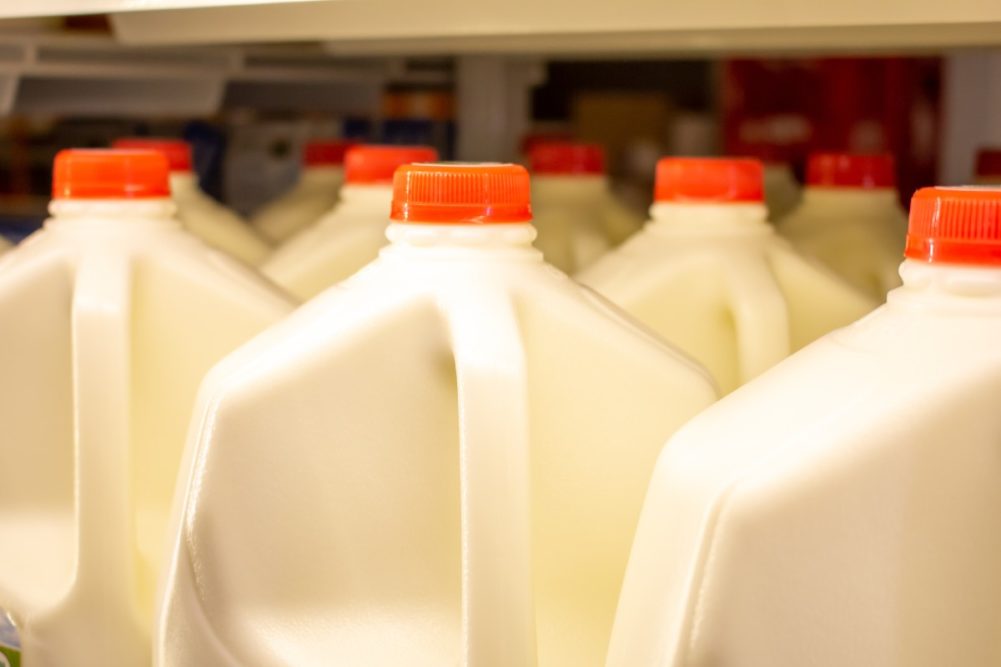During recent International Dairy Foods Association (IDFA) board meetings, we discussed how to ensure US dairy becomes the world’s leading supplier of affordable, sustainable dairy nutrition.
A few issues came up again and again during the conversations. I’ll summarize them here as challenges and opportunities.
Opportunities
There are five opportunities that we must seize:
• Growing demand: There is a solid base of demand in the US and significant growth potential in developing economies. People are consuming more dairy with greater focus on cheese and yogurt. The US can respond to growing demand by embracing commodity and value-added products with a sustainability and growth mindset.
• Waning production in European Union and New Zealand: Although the EU and NZ are no longer growing, the markets are investing in value-added products to capitalize on growing incomes around the world. The US should do the same to harness production efficiency and seize the export gaps created by structural reductions in the EU and NZ.
• Innovation: The US must continue to develop new products beyond current offerings, including more focus on aseptic and ESL processing. More importantly, we must do a better job of extracting value from milk components.
• Focus on health and wellness: We must continue to elevate dairy’s health benefits by incorporating milk’s components into functional foods, nutraceuticals and therapeutic foods. We also must elevate science and research demonstrating dairy’s health and wellness attributes.
• Improved pricing flexibility: The complicated structure of the US dairy industry is hampering growth. With improved pricing flexibility, we have the opportunity to unite as a supply chain to focus on long-term, value-added growth domestically and in export markets.
Strategy and planning
With opportunities comes challenge. There are five challenges we’ve identified that require strategy and planning:
• What is the vision for US dairy? Are we a reliable supplier of affordable commodity products or are we evolving to provide innovative, higher value products? Is it both? We must all buy in to a defined, unified vision to scale toward our end goal.
• Become more attractive: Is US dairy attractive to investors? Are we creating future consumers? Are we attractive to employees from all backgrounds? We can do more.
• Outdated structure: Outdated dairy policy favors short-term priorities over long-term growth. To remain competitive, we must be bolder.
• Regulations and sustainability: On the nutrition front, policymakers in the US, EU, Canada and Mexico are continuing to put limits on foods with high levels of saturated fats, sodium and added sugars. Encroaching environmental regulations and other constraints around GHG emissions, land use, water and circularity are also causing concern for dairy processors. US dairy is leading today, but will we have adequate resources and buy-in across the supply chain to demonstrate continued progress toward our 2050 goal that holds up to global scrutiny?
• Dairy without the cow: Once lab-grown and fermentation derived “dairy” products reach cost competitiveness, it will pose a significant challenge to traditional dairy.
Through IDFA’s Vision for the Future and continuing strategic planning, we are preparing our members to seize the opportunities of tomorrow while turning challenges into wins. IDFA and our members continue to take bold, proactive and continuous action to put dairy in position to capitalize on our key attributes in the areas of nutrition, global competitiveness, sustainability, innovation and people-centered growth. When we work together, we deliver value for all businesses and all people who benefit from US dairy.
– Michael Dykes, chief executive officer and president of the IDFA authored the Association Insights entry in the May-June, 2023 issue of Dairy Processing.

